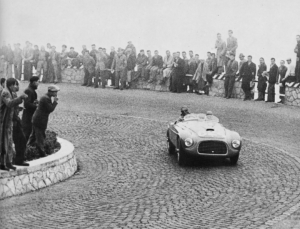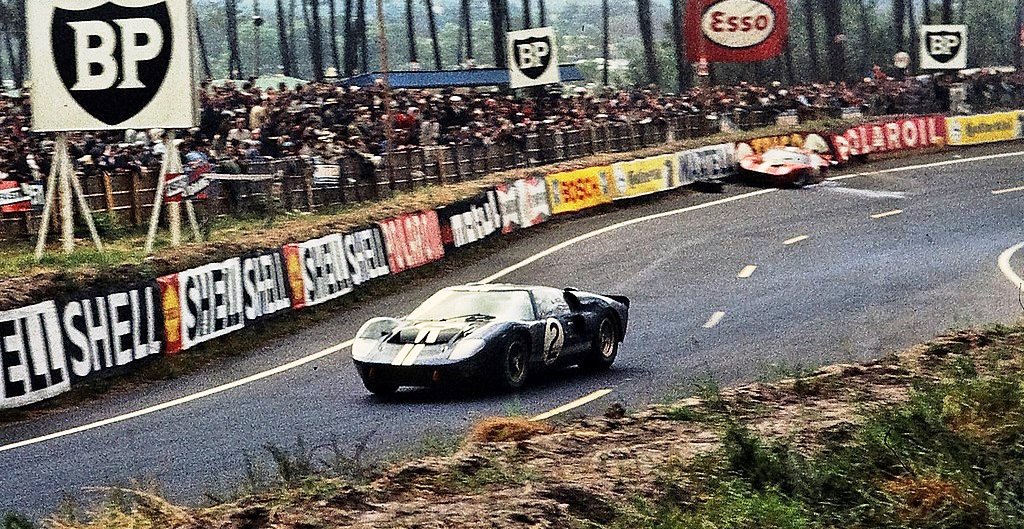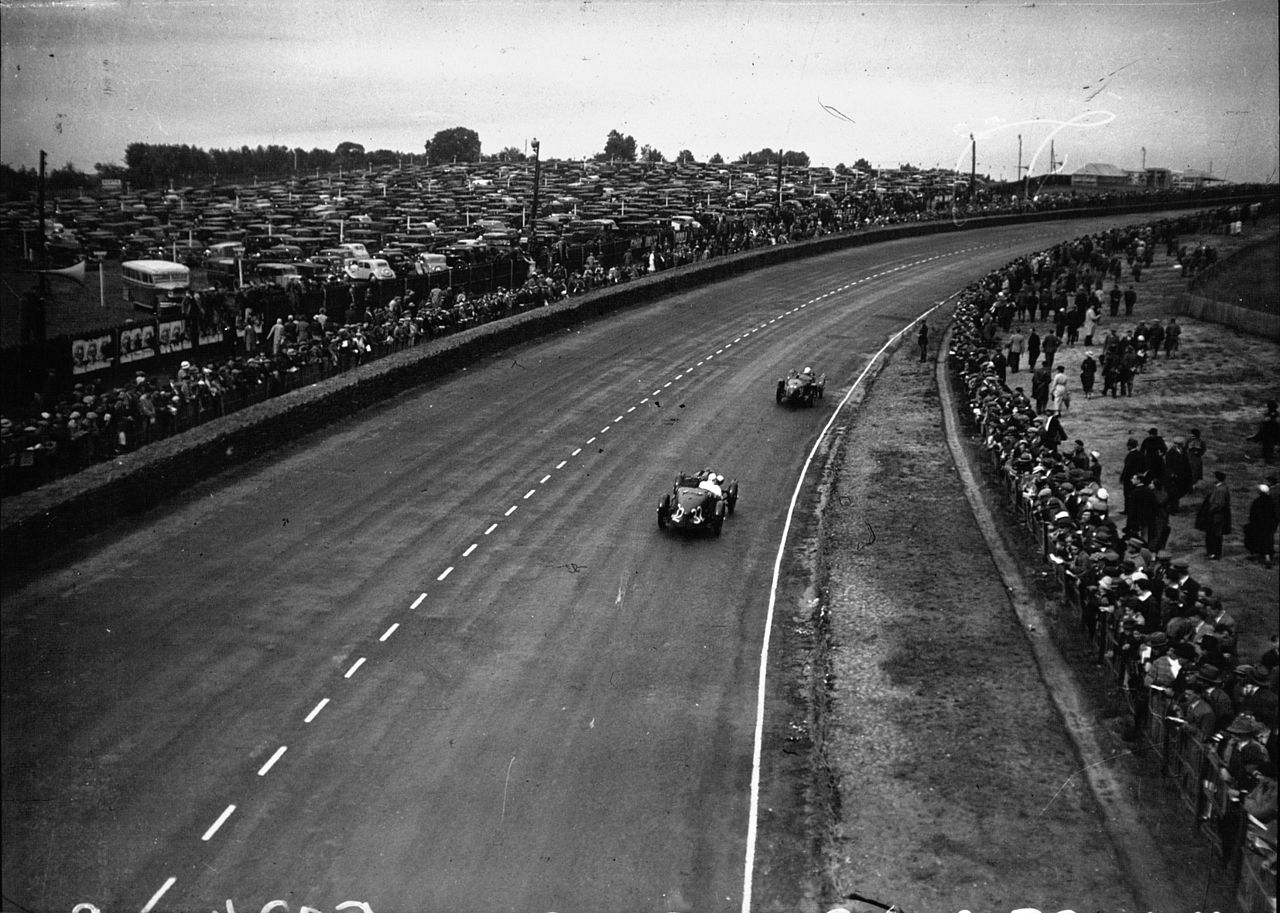One of the oldest car races, if not the oldest, that still runs today is the 24 Hours of Le Mans. The race has been called the Grand Prix of Endurance and Efficiency and is still one of the most prestigious races a racer can enter. There is no doubt that it is one of the most recognizable races in history, just like the European football championship is one of the most exciting tournaments to watch – especially for those who are using Euro 2021 betting offers to place their bets.
What is the rich history of this magnificent sporting event?
The First Race

The first race was held in 1923 in Le Mans, as a result of the French passion for automobiles. It was held on a course that is 10.7 miles long, called Circuit de la Sarthe, though the course has since been shortened to 8.467 miles.
As the name suggests, it isn’t about the greatest speed, but the endurance of vehicles and drivers that is really tested here, as the race runs for 24 hours.
The race was held on the streets of Le Mans on May 26 and 27.
The first recorded winners of the race were Andre Lagache and Rene Leonard, who rode for a total of 1,300 miles in their Chenard-Walcker. There were no rules regarding how many drivers could drive per team, but most teams opted for 2 drivers.
The 1930s
The 24 Hours of Le Mans ran annually since its inception with a few exceptions. The first time the race was not held was in 1936, due to a strike in France. The second one and more important was the event that caused a ten-year hiatus in 1939 – World War 2. The French had much more pressing issues at the time than simply running a traditional race.
1949-1960

Major car manufacturers were very interested in continuing the race. So, the circuit was rebuilt and modified and the first new race was in 1949, where Ferrari won. It was also the company’s first victory, especially significant for beating Alfa Romeo.
This prompted the big companies to start sending more than one car to the races.
With the eagerness to build a faster and more durable machine, accidents happened more frequently, the worst of which was in 1955, where Pierre Levegh crashed his Mercedes-Benz 300 SLR while trying to pass Jaguar right into the spectators, killing 80 of them. Levegh had voiced his concerns before about the lack of safety on the track. The result of the crash was the implementation of new safety measures.
Ford and Ferrari
The 60s were particularly turbulent for the rivalries. One of the most famous ones got a film recently, entitled Ford v Ferrari. In 1963, Ford offered to purchase Ferrari, but Enzo Ferrari opted to go with Fiat, which would let him keep his company. This would have been the end of it had Enzo not insulted Henry Ford II while rejecting the offer.
Hank the Deuce decided it was time to put Ferrari in its place by building a car that can leave them in the dust. Ford made Mk II to dominate the race and he did, beating Ferrari’s 330 P3 in 1966, and also claiming silver and bronze. Ford continued to dominate the race for a while.

The Golden Era Of Racing and Beyond
In the Golden Era of Racing, which lasted until 1980, and even after that, the dominating force on the track was Porsche. Newer Porsche models were modified for better fuel efficiency and it certainly showed. Jaguar broke Porsche’s reign in 1988, winning again in 1990, while the race of 1989 went to Mercedes-Benz. A few new rules have been implemented in this period, including the running start, rather than standing still until the beginning of the race.

